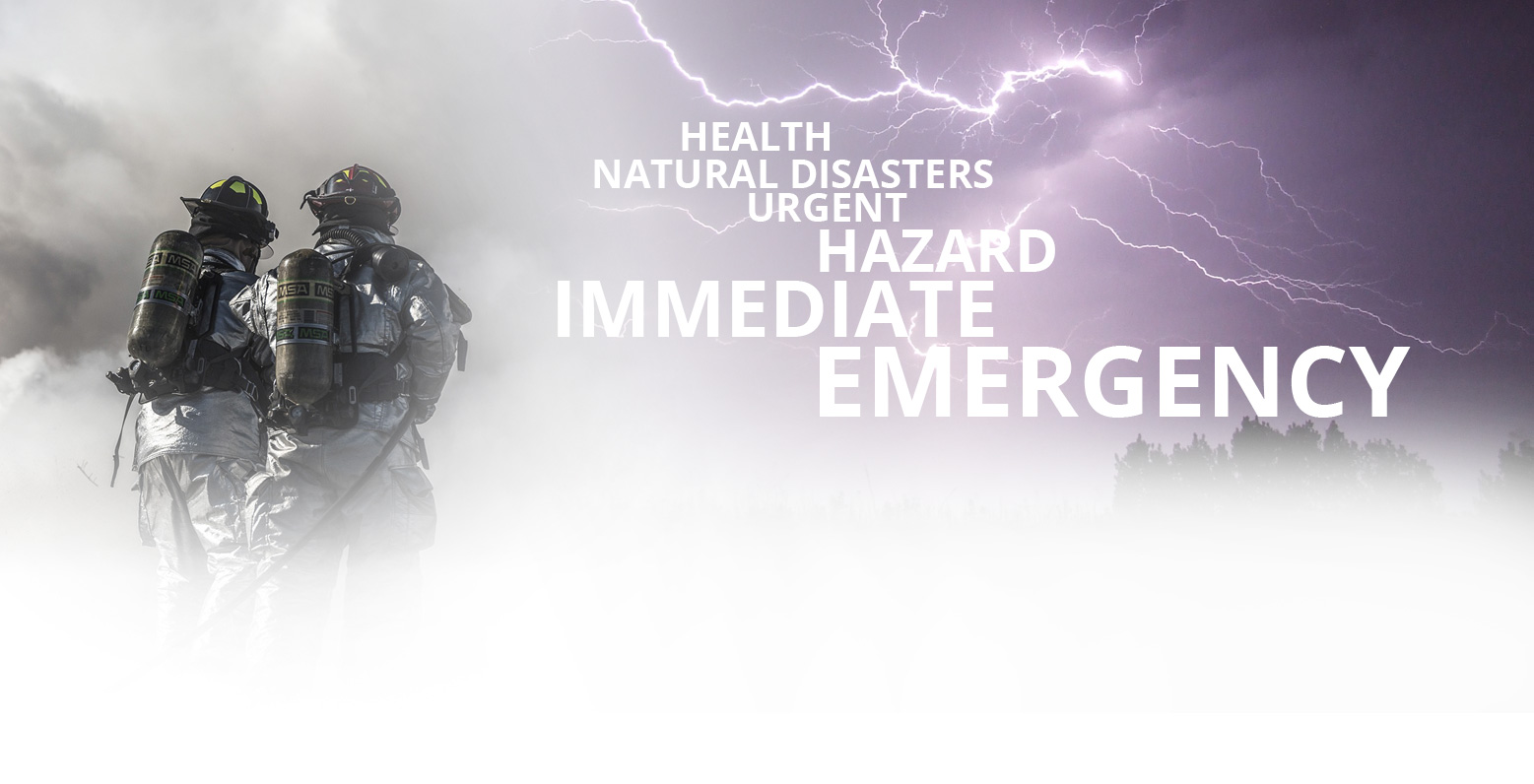What Is an Influenza Pandemic?
A pandemic is a global disease outbreak. An influenza pandemic occurs when a new influenza A virus emerges for which there is little or no immunity in the human population, begins to cause serious illness and then spreads easily person-to-person worldwide.
Historically, the 20th century saw 3 pandemics of influenza:
- 1918 influenza pandemic caused at least 500,000 U.S. deaths and up to 40 million deaths worldwide
- 1957 influenza pandemic caused at least 70,000 U.S. deaths and 1-2 million deaths worldwide
- 1968 influenza pandemic caused about 34,000 U.S. deaths and 700,000 deaths worldwide
Characteristics and challenges of a pandemic
1. Rapid Worldwide Spread
- When a pandemic influenza virus emerges, its global spread is considered inevitable.
- Preparedness activities should assume that the entire world population would be susceptible.
- Countries might, through measures such as border closures and travel restrictions, delay arrival of the virus, but cannot stop it.
2. Health Care Systems Overloaded
- Most people have little or no immunity to a pandemic virus. Infection and illness rates soar. A substantial percentage of the world’s population will require some form of medical care.
- Nations unlikely to have the staff, facilities, equipment and hospital beds needed to cope with large numbers of people who suddenly fall ill.
- Inadequate supplies antivirals drugs, the two most important medical interventions for reducing illness and deaths, are of particular concern.
- Death rates are high, largely determined by four factors: the number of people who become infected, the virulence of the virus, the underlying characteristics and vulnerability of affected populations and the effectiveness of preventive measures.
- Past pandemics have spread globally in two and sometimes three waves.
3. Medical Supplies Inadequate
- The need for vaccine is likely to outstrip supply.
- The need for antiviral drugs is also likely to be inadequate early in a pandemic.
- A pandemic can create a shortage of hospital beds, ventilators and other supplies. Surge capacity at non-traditional sites such as schools may be created to cope with demand.
- Difficult decisions will need to be made regarding who gets antiviral drugs and vaccines.
4. Economic and Social Disruption
- Travel bans, closings of schools and businesses and cancellations of events could have major impact on communities and citizens.
- Care for sick family members and fear of exposure can result in significant worker absenteeism.
Communications and Information are Critical Components of Pandemic Response
Education and outreach are critical to preparing for a pandemic. Understanding what a pandemic is, what needs to be done at all levels to prepare for pandemic influenza, and what could happen during a pandemic helps us make informed decisions both as individuals and as a nation. Should a pandemic occur the public must be able to depend on its government to provide scientifically sound public health information quickly, openly and dependably. For additional information on pandemic influenza visit: www.pandemicflu.gov .




